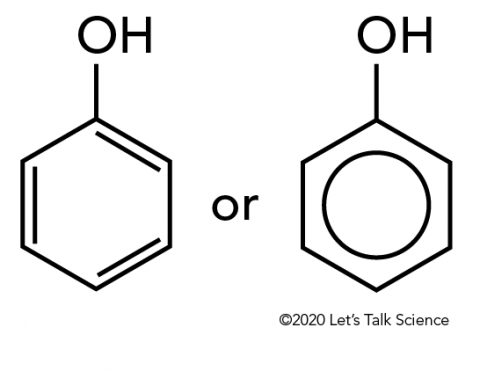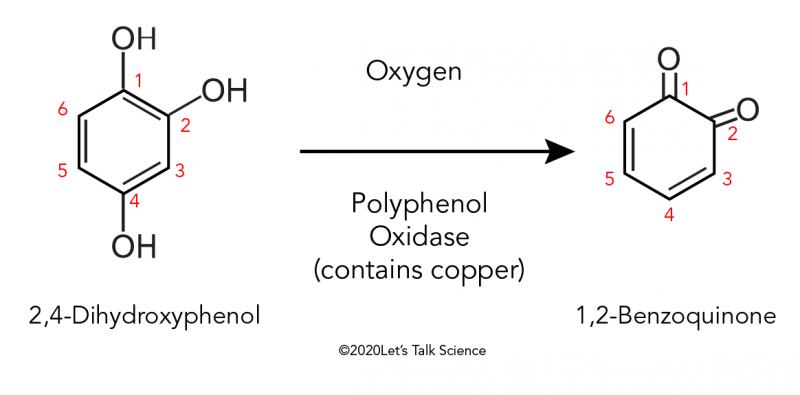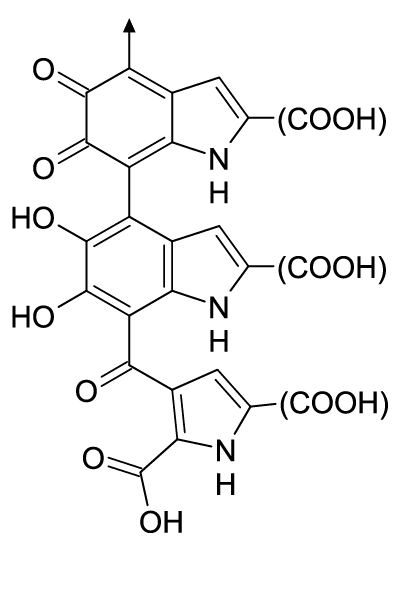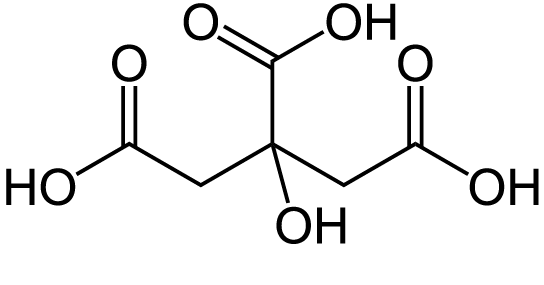Why Do Apples Turn Brown After You Cut Them?
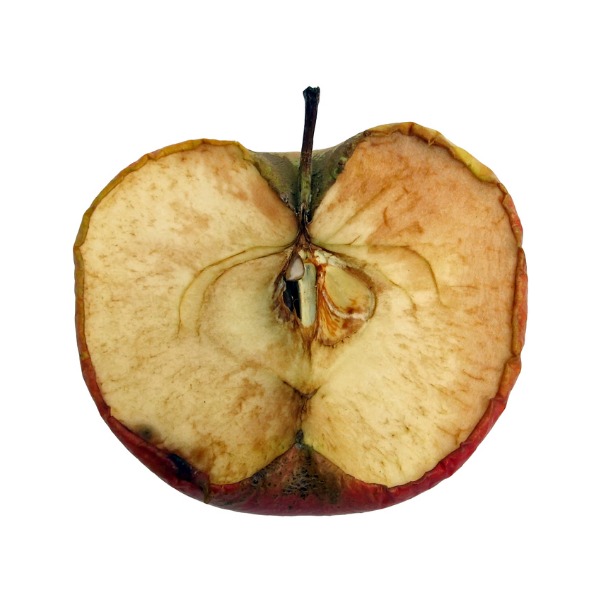
Browning apple (GDragan, iStockphoto)

Browning apple (GDragan, iStockphoto)
6.8
How does this align with my curriculum?
Curriculum Alignment
BC
11
Chemistry 11 (June 2018)
Big Idea: Organic chemistry and its applications have significant implications for human health, society, and the environment.
YT
11
Chemistry 11 (British Columbia, June 2018)
Big Idea: Organic chemistry and its applications have significant implications for human health, society, and the environment.
